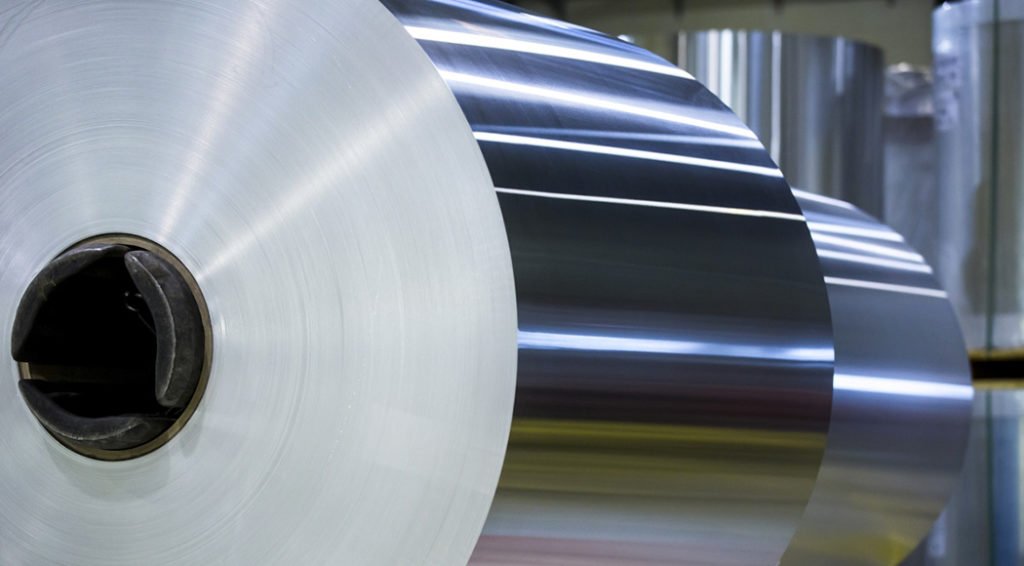The Art of Metal Processing
It might not be often that ‘art’ and ‘metal processing’ are used in the same sentence, but there is indeed an underestimated level of skill required in getting the right cutting result every time.
So how can fabricators make sure that their customers’ needs are being met when using a metal cutting service and that the end job reflects well on them? As one of the leading metal cutting company’s in the industry, here are a few tips:
Think about the application
Depending on where the metal will be used, there will be an impact on how precise the metal cutting process needs to be. Take for instance automotive manufacturing and the need to screen print and then press a shape into the metal with the utmost precision. For this process, the metal needs to meet specific flatness parameters once cut, so that the point locators on it are easily identified during screen-printing.
Another area that requires precision cutting is decorative metal trim applications. The metal cutting provider needs to make sure that there are no up-burrs along the edge of the trim, as this can cause indentation and marking into the surface during bending.
Choose the slitting process that works best
The standard rotary shearing (or slitting) process creates burrs that run in two opposing directions. Depending on the expertise of the metal slitting service, this burr should be minimal. However, as detailed above, even a minor up-burr, can cause problems in specific applications. To eradicate this problem, it is advised that two down-burrs are created when cutting instead. To achieve this, a reverse knife slitting process can be used, that involves taking a minimum amount of scrap metal out in between each cut, so that the final cut metal has only down-burrs.
Minimising the burr, maximising the flatness
When it comes to minimising down- or up-burrs and delivering specific flatness parameters, the experience of the metal slitting company is key.
Is your metal processor:
- Asking the right questions? They need to be asking what the metal is to be used for, as sheets can then be chosen that have a required flatness or slightly convex form to suit the production process
- Highly experienced in your applications? Even though they might have the right tooling to do the job, to minimise burrs and achieve a specialised slitting process the operator needs to be highly experienced to achieve consistently correct results
- Willing to get their hands dirty? As well as experience and understanding, a good metal processing team will want to be onsite, talking to operators and supplying a cambered or flat cut metal that will work best for each application.
Ultimately, for successful metal processing, understanding and expertise need to be applied in equal measure. Taking the time to understand customer needs and having the experience to know how to deliver the best possible metal surface may not be rocket science, but they are indeed an art.

